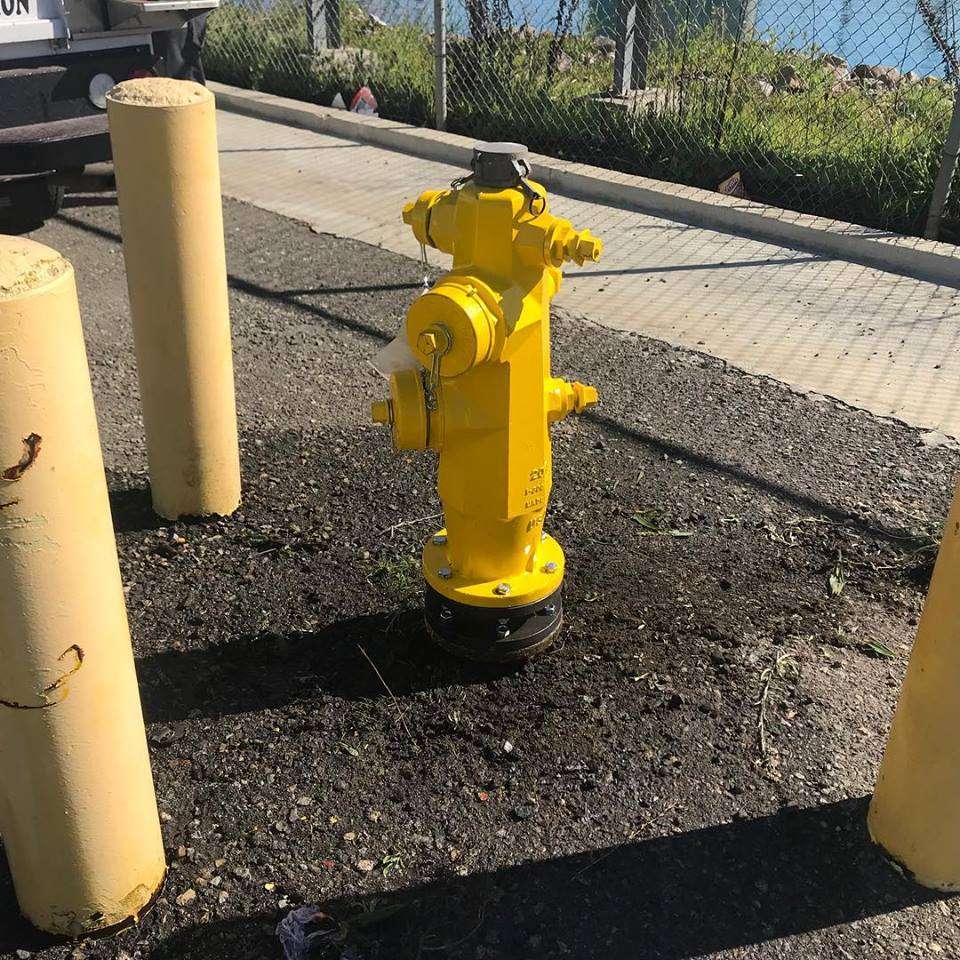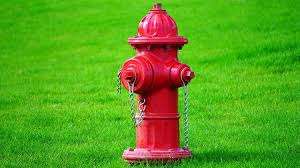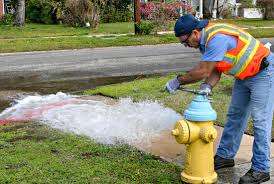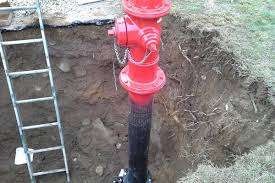Fire Hydrants
Fire Hydrants
Fire hydrants are indispensable components of any community’s firefighting infrastructure, playing a vital role in the rapid and effective suppression of fires. These fixtures serve as crucial access points for firefighters to connect their hoses to a pressurized water source, enabling them to swiftly combat flames and protect lives and property. Without functioning fire hydrants strategically placed throughout urban and suburban areas, firefighters would face significant challenges in accessing an adequate water supply during emergencies, potentially leading to delays in firefighting efforts and increased property damage.





Beyond their primary function in firefighting, fire hydrants also serve as deterrents to potential fire hazards and promote proactive fire safety measures within communities. The visible presence of fire hydrants serves as a visual reminder of the importance of fire preparedness, encouraging property owners to invest in fire prevention measures and adhere to safety regulations. Additionally, the availability of well-maintained fire hydrants can lower insurance premiums for property owners, as insurance companies often consider the proximity and accessibility of fire hydrants when assessing risk factors. Thus, the presence of properly maintained fire hydrants not only enhances firefighting capabilities but also contributes to overall community resilience and safety.
In times of crisis, the reliability and functionality of fire hydrants can mean the difference between containing a fire swiftly and enduring catastrophic losses. Regular inspection, maintenance, and prompt repairs are essential to ensure that fire hydrants remain in optimal condition and ready for immediate use. By recognizing the critical role that fire hydrants play in safeguarding communities, stakeholders can prioritize investments in infrastructure and resources to ensure that these essential firefighting assets are always prepared to meet the challenges of emergencies head-on.


